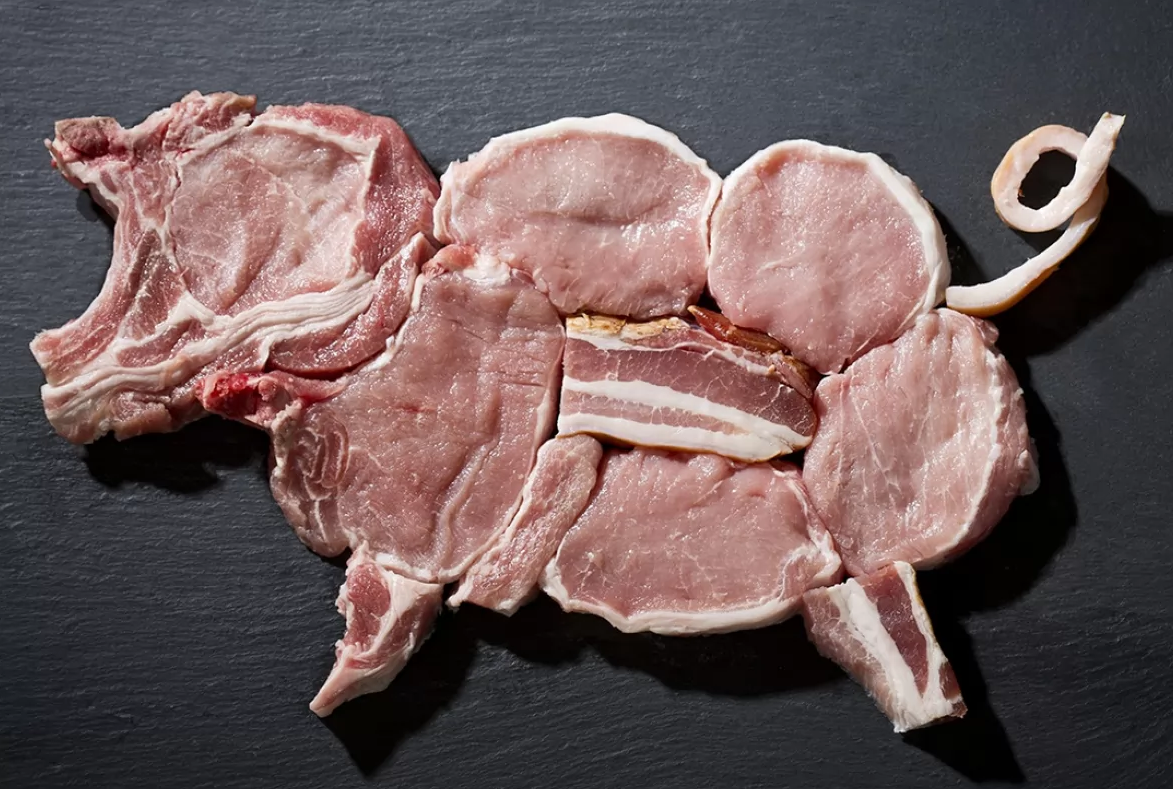Brazil: Pork availability declines in the first half of 2025

The first half of 2025 is heading toward a positive end for Brazilian pig farming. The sector operated with satisfactory margins and a good level of profitability. As shown in the attached graph, the average price of live pigs in the Center-South of Brazil remained stable throughout the semester, with moderate variations, but above the values registered in 2024. In June, up to the 26th, the average price per kilogram of live pig was BRL 7.72—an increase of 23.6% compared to BRL 6.25 in the same month of the previous year. The peak in prices occurred in February, with an average of BRL 7.97.
Historically, the first half of the year tends to be more challenging for the sector due to more contained domestic demand, high production, and firm costs. However, in 2025, production evolved in a balanced manner, accompanied by strong domestic demand, driven by the increase in the population’s income. Despite the good performance, inflation remains a worrying factor, as it can influence household consumption decisions if it remains at high levels for a prolonged period.
SAFRAS & Mercado estimates Brazilian pork production in the first half of 2025 at 2.688 mln tons, an increase of 1.7% compared to the 2.643 mln tons registered in the same period last year. Exports in the first half of 2025 are estimated at 684.454 thousand tons, compared to 587.169 thousand tons in the first six months of 2024, an increase of 16.6%.
Given both the export and production figures, the domestic pork supply in Brazil in the first half of the year should close at 2.004 mln tons, down 2.5% from 2.056 mln tons in the first half of 2024.
The second half of the year tends to be favorable for consumption, with winter stimulating demand in some regions. Moreover, the last quarter is marked by preparations for the end-of-year festivities, a period in which the population is usually more capitalized, with the receipt of the 13th salary and bonuses. High beef prices may favor the search for affordable options, such as pork cuts, but it is worth noting that chicken historically has lower prices in a direct comparison.
Exports should continue at a strong pace, with emphasis on the Philippines, in addition to the good sales potential of Japan and Singapore. China will continue to buy from Brazil, albeit with less intensity. The appreciation of pork export prices (in dollars) reinforces the industry’s interest in strengthening trade relations with several markets.
Production costs should remain at healthy levels until the end of the year, favored by the good corn supply, as a result of the great corn’s second crop. Even so, it is necessary to monitor factors such as exchange rates, the US weather and crop, besides the pace of Brazilian grain exports.
With a leaner domestic supply and balanced costs, prices should remain firm, ensuring good margins in Brazilian pig farming. This may stimulate new investments in the sector. However, the macroeconomic scenario, with high interest rates and tax uncertainties (such as the possible taxation of LCA and CRA), may limit this movement.
For almost 30 years of expertise in the agri markets, UkrAgroConsult has accumulated an extensive database, which became the basis of the platform AgriSupp.
It is a multi-functional online platform with market intelligence for grains and oilseeds that enables to get access to daily operational information on the Black Sea & Danube markets, analytical reports, historical data.
You are welcome to get a 7-day free demo access!!!
Read also
Registration for BLACK SEA GRAIN.KYIV goes on – join with Early Ticket by Ja...
Dry weather hits Argentina’s corn crop
Spain cuts orange supplies due to low harvest
Oilseed processing in Ukraine has reached its peak in recent years thanks to expor...
China Updates Registration Rules for Foreign Food Manufacturers
Write to us
Our manager will contact you soon



